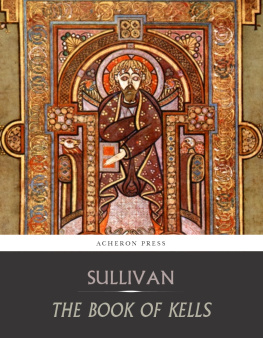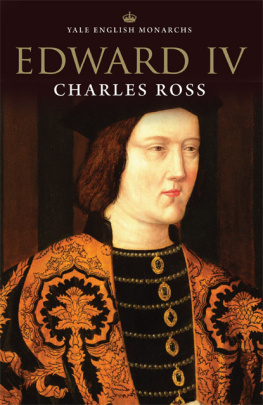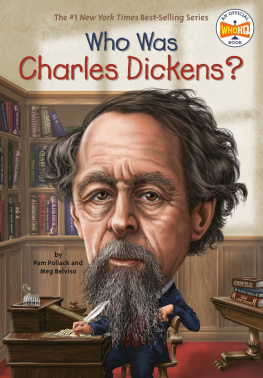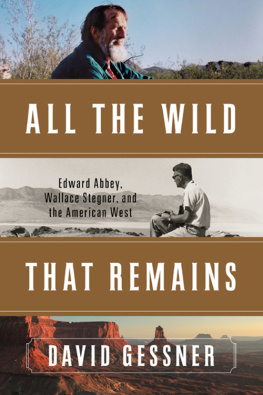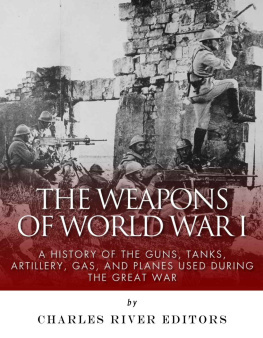This edition is published by PICKLE PARTNERS PUBLISHINGwww.pp-publishing.com
To join our mailing list for new titles or for issues with our books picklepublishing@gmail.com
Or on Facebook
Text originally published in 1961 under the same title.
Pickle Partners Publishing 2016, all rights reserved. No part of this publication may be reproduced, stored in a retrieval system or transmitted by any means, electrical, mechanical or otherwise without the written permission of the copyright holder.
Publishers Note
Although in most cases we have retained the Authors original spelling and grammar to authentically reproduce the work of the Author and the original intent of such material, some additional notes and clarifications have been added for the modern readers benefit.
We have also made every effort to include all maps and illustrations of the original edition the limitations of formatting do not allow of including larger maps, we will upload as many of these maps as possible.
GUNS OF THE OLD WEST
BY
CHARLES EDWARD CHAPEL
An Illustrated Reference Guide to Antique Firearms
FOREWORD
THE story of American firearms is one with the saga of Americas westward-pushing frontier.
The story might begin in the echo of Daniel Boones long-barreled flintlock, rocketing among the frosty hills near the present eastern Kentucky border in 1767. It was Boones first trip beyond the Appalachians, and the rifle he carried was yet to be misnamed Kentucky. No matter what a man called itMeat-getter, Ol Betsy, Hair-saver, were some of its affectionate nicknamesit could be trusted to get him out of a tight corner against redskins with their iron-barbed arrows, against redcoats with their Brown Bess smoothbore muskets.
Boone died in 1826, but already the voice of the Kentucky had been heard in the fastness of the Rockies and in the remote rugged country to the west and south. It helped to guard the burdens of pack animals weighted down with the furry wealth of beaver plews and bull boats, riding low in the turbid flood of the Big Muddy, St. Louis-bound. That gun knew Bents Fort on the Arkansas; it traveled southward with the high-wheeled freight wagons to Mexican Santa Fe. Later, perhaps altered from flintlock to the new and more efficient percussion firing system, it was to accompany the covered caravans overland, after word that gold had been found at Sutters Mill swept the East like a flame. The useful life span of that great rifle was to last from about 1730 approximately over a century and a half; it was always the arm of the restless, rugged men who had to answer the challenge of the unmapped country that lay over the western horizon.
While the Kentucky long rifle and its companion piece, the Kentucky pistol, were at work on the wilderness frontier, back on the Atlantic seaboard, a young man whose name was to become emblazoned in the history of the American West was engaged in manufacturing a quite revolutionary kind of weapon.
Samuel Colt had already secured foreign and U.S. patents on his revolver before he set up his factory in Paterson, N. J., in 1836, taking advantage of the Passaic Rivers water power. There he made not only his celebrated hand gun, but also revolving rifles and shotguns. History seemed to have favored the inventor, for one of his guns played an important part in the Texans war for independence against Mexico, and is famous among collectors today as the Texas Paterson .34 caliber five-shot revolver. However, after a promising beginning, the company failed in 1841. The Mexican War saw him back in business with government orders, first arranging with Eli Whitney, inventor of the cotton gin, to fill his contracts at Whitneys arms plant at Whitneyville, Connecticut, later in his own factory at Hartford.
It was here that Colt enters more definitely and at least semi-officially into the picture of the Old West with the adoption by Wells Fargo Express Company of one of his revolvers (usually considered as the 1849 model) for use by their stagecoach messengers. However, the company did not issue one make or model of gun to their guards, but supplied their men with the revolvers of various manufacturers, of different models and calibers. Also, that the Colt generally was a favorite in the cattle country of the high plains country was no accident.
The revolver, from the first, was the natural weapon of Texans; the Coltas well as other makes, such as the Remington and the later Smith & Wessonhad served them well in two wars; they knew it and liked it. Texas was primarily a cattle-raising country. The end of the Civil War found its grazing lands overstocked with longhorns, and its cattle a drug on the few local markets. The lush grass of the high plains country answered the feed problem. At the same time the railroad was pushing westward into Kansas, and the East was hungry for beef.
The green prairies to the north offered, at the very least, survival to the Texas cowmen, and with a good chance for high profits. It was not long before the thunder of millions of longhorn hoofs was heard along the trails leading northward to Oklahoma, Wyoming, and Montana. And with them came Texas cowboys riding Texas ponies and armed with the Colt six-shooters that were as necessary to their way of life as their saddles. Indeed, the Colt six-shooter, from the old Dragoon models to the celebrated Peacemaker and Frontier guns seemed to belong primarily to the cattle country.
Other armsboth shoulder pieces and hand gunsplayed major roles in the winning of the West. Among the famous rifles were the Winchester, the Spencer and the Henry, both as military (U.S. Martial) arms and as private weapons. There was the Remingtonpistol, revolver and shoulder weapon. And there was also the deadly little product of Henry Deringer, Jr., whose short-barreled, heavy-calibered pistol in various types and in its many imitations had the great advantage of being easily concealed and murderous at short range. Here was a weapon for gamblers, bankers, bartenders and also for the honkytonk girls who might feel the need of personal protection. It was a town gun, a house gun, and it, too, made history in the frontier West. And there were others....
The purpose of this book is to discuss, describe and picture these weapons as they were used in that colorful but indefinite place-in-time we call the Old West.
Where does the West begin? It might plausibly be argued that one of our first Western frontiers lay within blunderbuss range inland from Plymouth Rock. To begin there, however, would embrace far too much in territory and time for our purpose. Instead, well have to make an arbitrary limit and focus our attention on the era of American westward expansion, generally from the middle of the eighteenth century to about the close of the nineteenth. To make it a little simpler, we can take the nineteenth century alone, after this new nation had been established as a free and independent union of statessay roughly from 1800 to 1900. In every historical sense that hundred-year span was one of remarkable richness: It was to see the acquisition, by purchase and grant, of all the vast stretch of country from the Mississippi to the Pacific Coast. It was to see the exploration of that almost unmapped wilderness, its development from a raw and lawless frontier of natural wealth to a relatively well-ordered and secure land.








